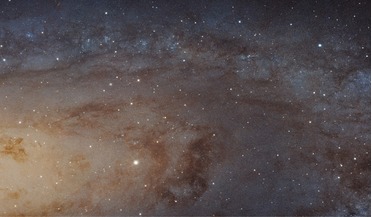 October 2016
The dwarf galaxy problem
October 2016
The dwarf galaxy problem
... galaxy, missing satellite or substructure problem. Dwarf galaxies are small companions of bigger galaxies, like our own Milky Way. Our computer simulations investigate the evolution of the Universe and are very effective at producing Universes akin...
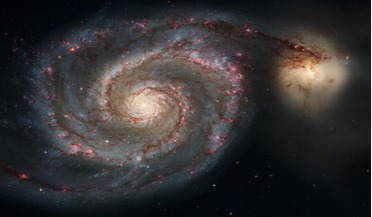 04 January 2019
Merger with the LMC spells doom for our Solar System
04 January 2019
Merger with the LMC spells doom for our Solar System
... Computational Cosmology, as the devastating collision will re-awaken our galaxy's dormant black hole thus turning the Milky Way into an 'active galactic nucleus' (AGN) or quasar. "This phenomenon will generate powerful jets of high energy radiation...
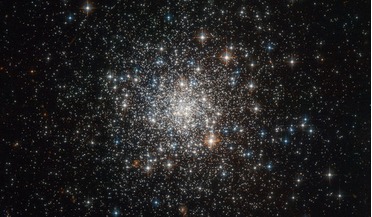 08 March 2019
Astronomers weigh the galaxy with Hubble and Gaia
08 March 2019
Astronomers weigh the galaxy with Hubble and Gaia
... distribution of mass in the galaxies should look like, so we can calculate how accurate this extrapolation is for the Milky Way," said Laura Watkins of the European Southern Observatory in Garching, Germany, lead author of the combined Hubble and...
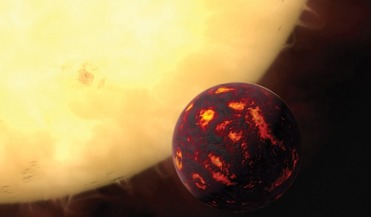 March 2017
Twinkle - a mission to unravel the story of planets in our galaxy
March 2017
Twinkle - a mission to unravel the story of planets in our galaxy
... Twinkle is a small, low-cost mission that will study the atmospheres of at least 100 bright exoplanets in the Milky Way using optical and infrared spectroscopy. The targets observed by Twinkle will comprise known exoplanets discovered by existing...
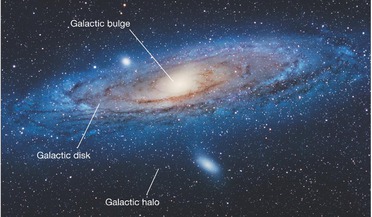 07 September 2016
Astronomers reveal the clearest picture yet of how the galaxy formed
07 September 2016
Astronomers reveal the clearest picture yet of how the galaxy formed
... galaxies being destroyed by their interaction with ours during its assembly." Image showing age of stars in the milky way, as modelled by Carollo et al: doi:10.1038/nphys3874 In their paper published in Nature, the team also state that their...
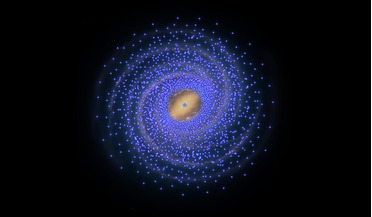 02 August 2016
Astronomers detect large void in the centre of our Galaxy
02 August 2016
Astronomers detect large void in the centre of our Galaxy
... the chemical composition of the new Cepheids are helping us to better understand the formation and evolution of the Milky Way,” explains co-author Giuseppe Bono. As the structure of the inner Galaxy still remains to be revealed, Matsunaga and team...